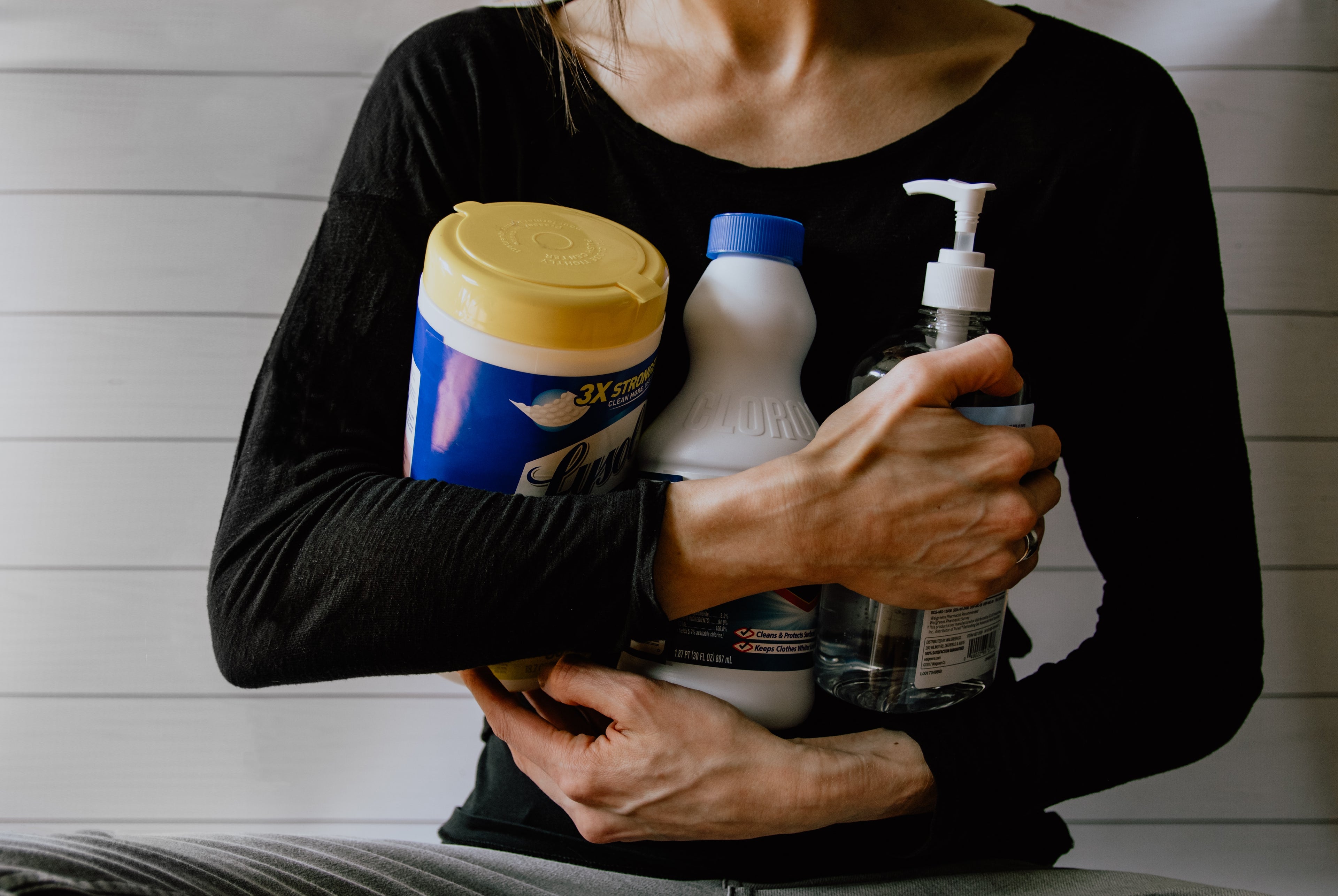
Product Care & Handling
PRODUCT CARE & HANDLING
Furniture lasts longer and performs better when preventive maintenance is practiced. Furniture in daily use is exposed to various elements such as body oils, perspiration, general wear, and color transfer from clothing.
It is important to keep the space in which your furniture is placed adequately humidified. Furniture does best in environments with moderate temperature and humidity. Therefore, your furniture should not sit near heating or air conditioning units or registers. These can remove necessary moisture from your furniture, dry it out, and may cause cracks or splits.
To minimize fading, avoid placing furniture in direct sunlight.
GENERAL CARE
For any piece of furniture, we recommend:
- Avoiding exposure to direct sunlight to prevent fading and cracking.
- Keeping your furniture placement from any heating or cooling sources to prevent cracking.
- Using coasters and placemats for all hot or cold dishes and cups.
- Using felt tabs for decor items.
- Being aware that heavily dyed fabrics such as denim jeans can transfer on to your lighter furniture and cause discoloration.
- Avoiding possible discoloration by spot testing in an unnoticeable surface before application.
- Wiping up any spills immediately with a dry clean cloth or, when necessary, a warm damp cloth and mild soap.
- Avoiding the use of harsh household cleaners.
FABRIC
Fabric has natural wrinkles as well as color and texture variations. Fabric should be dusted regularly with a vacuum — avoid using chemical cleaners. Most importantly, remember to never rub a stain on fabric. Always dab it out with a slightly damp cloth.
Dust and dirt cause fabric to wear faster. For general maintenance, vacuum your upholstered furniture regularly with an upholstery attachment. To persevere the cushions’ shape, flip, rotate, and fluff the cushions weekly to every month depending on the amount of usage. To keep your upholstered furniture looking its best, consider annual professional cleaning.
Here are a few other tips:
- Pilling can occur occasionally as a result of normal daily wear and should not be considered a fault. Fiber pills an be removed with a pilling tool.
- Do not pull loose threads, instead trim them with scissors.
- Minimize fading by avoiding placement in direct sunlight, or with the use of drapes, blinds or window coverings.
- Do not dry-clean or machine wash cushion casings in order to avoid damage of the fabric or stitching.
CLEANING
- Be sure to vacuum weekly, so dust and dirt do not settle into the fabric.
CARE TIPS
- Avoid cleaners that use harmful chemicals. Many of these are harsh and are not safefor use on upholstery.
- Avoid stubborn stains and protect your upholstery by keeping householdchemicals such as detergents, window cleaners, bleaches, nail polish, nail polish remover, glue, shoe polish, and paint away from your furniture.
- When stretched, the upholstery might not completely return to its original shape.Therefore, when fabric is used more intensively, it may become looser over time.
- If pillow cushions are sewn to the frame, any pulling or tugging might result ina tear. Please avoid any leaning, sitting, or reaching over the back of the sofa.
- To keep your cushions looking new, avoid sitting in one area and use seating areas evenly.
- Fabric is not resistant to animal stains. Allowing pets on your upholstered furnitureis not recommended. Their claws may scratch the covers, which can lead to an expensive repair. In addition, their saliva is acidic and may also harm the upholstered finish.
WOOD
Wood is a natural product. Sun bleaching will occur when wood furniture is exposed to sunlight. This may cause darker finishes to lighten and sometimes cause lighter finishes to darken. For this reason, try to avoid placing furniture in direct sunlight and rearrange accessories from time to time to prevent spot bleaching.
For daily maintenance, use clean and soft cotton rags or cloths to wipe off dust on the surface along the grain. Never use damp rags and never use anything with a hard surface to rub onto the furniture. Always keep the surface clear of any acid or chemical substances.
To avoid any damages, defects, or issues from occurring, refrain from stacking large and/or heavy objects on top of the furniture.
CLEANING
- For daily maintenance, use clean and soft cotton rags or cloths to wipe off dust on the surface along the grain. Never use damp rags and never use anything with a hard surface to rub onto the furniture. Always keep the surface clear of any acid or chemical substances.
- To remove grease spots, use a mild non-acidic water-based detergent or liquid soap and wipe the surface with a soft damp cloth. To avoid any possible discoloration, we recommend spot testing in an unnoticeable surface before application. It is important to know that applications and results will vary.
CARE TIPS
- To avoid any damages, defects, or issues from occurring, refrain from stacking large and/or heavy objects on top of the furniture.
Here are a few other tips:
- Do not use chemical cleaners. Instead use warm water and mild soap.
- Avoid placing your wood furniture in direct sunlight, near heating or cooling sources, or in extremely dry or damp areas. Long exposure to light can cause finishes to fade and extreme temperature or humidity changes can cause the wood to crack or split.
- Use placemats and coasters for hot objects such as pots and cups.
Metal
Metal furniture collects dust and grime just as easily as wood or plastic furniture and has the added risk of developing rust. Whether your metal furniture is used indoors or outdoors, it can benefit from a regular cleaning schedule to remove any accumulated debris.
CLEANING
- Best cleaned with a cloth or sponge using water and mild, non-detergent soap and wiped dry.
CARE TIPS
- Abrasive scrubbers or cleaners should not be used as they can scratch the finish, potentially exposing the metal to rust-inducing moisture.